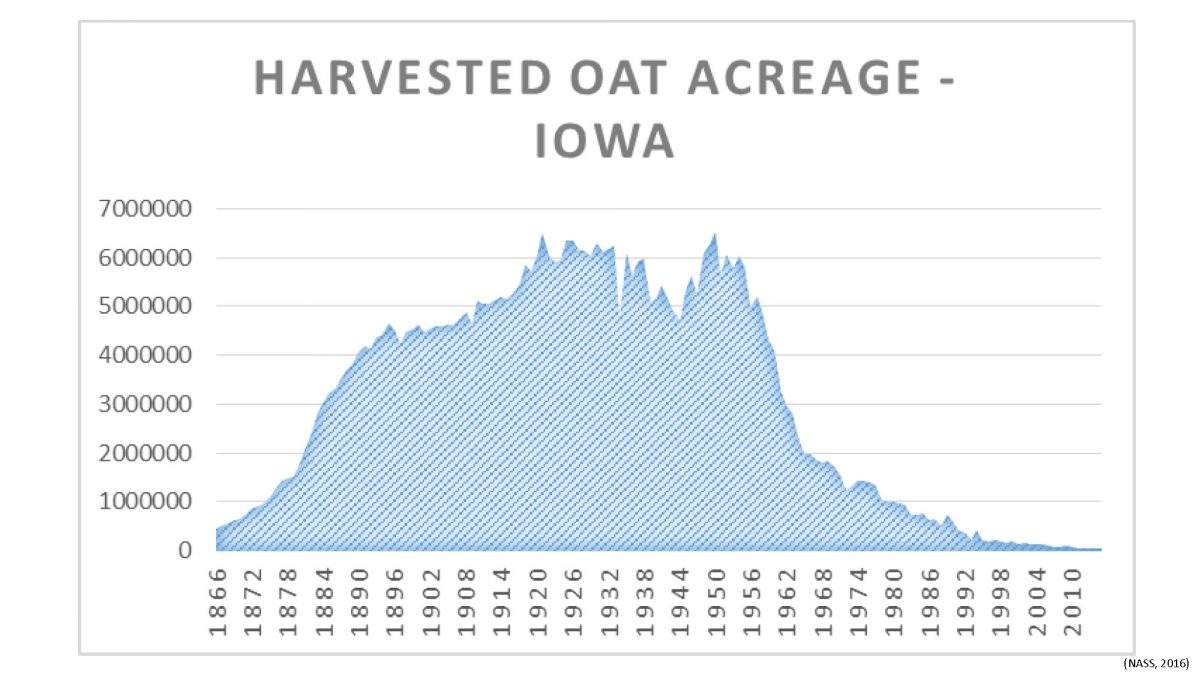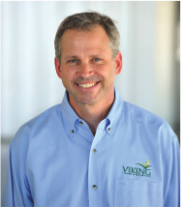By Mac Ehrhardt, president, Albert Lea Seed
“Sustainability” can be a loaded word in farming discussions. Some farmers will bristle when they hear it.
Is their reaction because they don’t care about the environment? Not at all. In fact, having worked closely with farmers for the past 25 years, I’ve observed that the majority of farmers are deeply motivated to be good stewards of the land.
The farmer’s connection to the land is personal, not ideological.
Discussions about sustainability objectives can set farmers on edge if they feel that the topic is raised by people “who can’t tell a drawbar from a disk-opener.” It can feel to farmers that consumers, politicians, and environmental activists are telling them how to farm. Farmers remain a critical link to the success of environmental initiatives to protect soil and water, while still supplying the world’s food, textiles, and biofuels. How can farmers feel more included in the sustainability conversation?
Like any businessperson, farmers want to be profitable in their operations and have predictable revenue. Fortunately, many sustainability objectives could lead to higher on-farm income and improved long-term farm economic stability.
Consider the supply-chain sustainability objectives from companies like Walmart and McDonald’s. These include reducing greenhouse gas emissions, erosion, pesticide, synthetic fertilizer, and antibiotic use while improving soil health, feed utilization efficiency, animal welfare, pollinator habitat and biodiversity. All while supporting farm income and rural communities.
We’re asking a lot from farmers. Can “sustainability” pay for them? I see three approaches to improve environmental outcomes, meet consumer demand, and improve net farm profitability.
- Direct contracts or improved terms for participating farmers. Companies which are committed to achieving their long-term sustainability goals must explore creative contract and incentive models.
DanoneWave (makers of Dannon yogurt) is now offering long-term contracts to farmers participating in their supply chain. Farmers agree to work toward Danone’s sustainable agriculture objectives. In exchange, they earn the stability of long-term contracts combined with payments based on a cost-plus model that effectively de-risks the investments these farmers make in cover crops, rotation, and animal welfare.
Other companies are working on an “Impact Investing” model that incentivizes the farmers in their supply chain to use cover crops and other agricultural practices that meet sustainability objectives. Other companies are working on different incentives (such as priority unloading).
- Small grains: the missing link in sustainability. Integrating small grains into crop rotation to achieve sustainability and profitability.
Where did the oats go? The primary focus in most large-scale crop operations has shifted to “cash cropping” with the lion’s share of acreage planted in corn and soybeans. But adding small grains in a rotation with corn and soybeans goes a long way toward meeting the sustainability objectives of large companies (plus having the potential to increase farm profitability).
Winter grains in particular really stand out as a rotational crop that can reduce greenhouse gases, erosion, synthetic fertilizer inputs, and the need for pesticides, while improving water quality and increasing biodiversity. It isn’t magic, it isn’t high-tech, it’s just good old-fashioned crop rotation.
- Getting to on-farm profitability: increasing small grains in animal feed rations. Returning to the oat-fueled bacon cheeseburger.
The economic part of this equation is difficult, but it’s achievable. The economics work when we reintroduce small grains into animal rations and thereby create an expanded market for small grains. Put another way, if we can make 20 percent of every bacon cheeseburger come from animals fed small grains, we can meet corporate sustainability objectives while sustaining or improving farm income.
And it’s already working. In Europe, winter cereal rye is widely used in swine rations. Large companies like KWS have begun looking at how this might work in the U.S. Groups such as Practical Farmers of Iowa are demonstrating the power of integrating winter rye as a cover crop or green manure in both organic and conventional production systems. Farmers in Minnesota and Iowa are starting to run on-farm feeding trials of cereal rye as well.

Oat acreage in Iowa has decreased for the past 60 years but the small grain offers sustainability and profit benefits to farmers
Summing Up: Agricultural Sustainability Starts with Small Grains
Does the re-integration of small grains sound too good to be true? It’s not going to happen overnight, but it holds great promise. We have the ability to simultaneously help farmers sustain or  increase net enterprise income and allow large food companies to achieve the sustainability objectives that their customers are demanding.
increase net enterprise income and allow large food companies to achieve the sustainability objectives that their customers are demanding.
To learn more about reintegrating small grains into crop rotations in the Upper Midwest, read this article from Yale by Twilight Greenaway.
Mac Ehrhardt is President of Albert Lea Seed, makers of Viking Pure and Ultra-Pure non-GMO corn and soybeans. He is a third-generation seedsman with 25 years of experience producing, processing, and marketing conventional and organic seed. Find him on Twitter @SeedmanMac or email him at mac@alseed.com.









